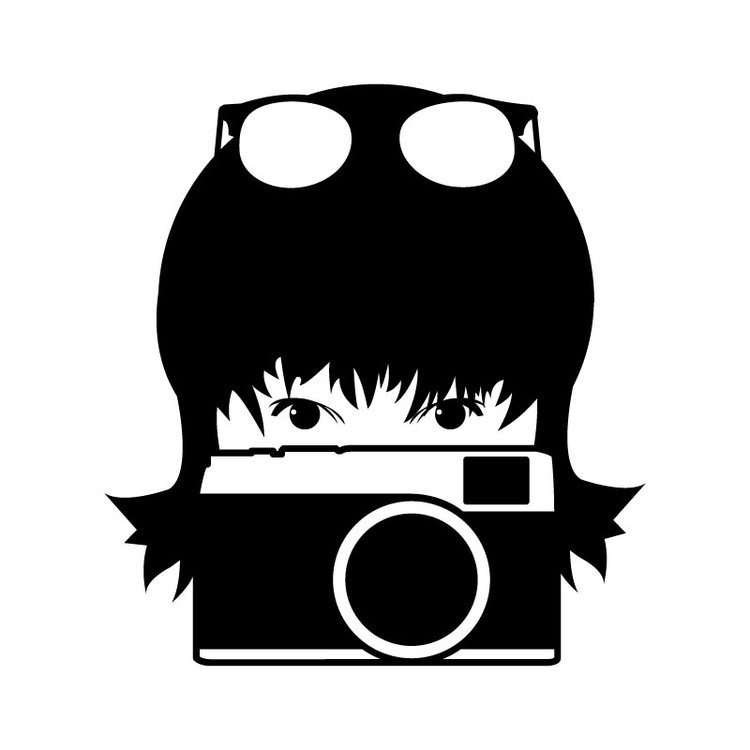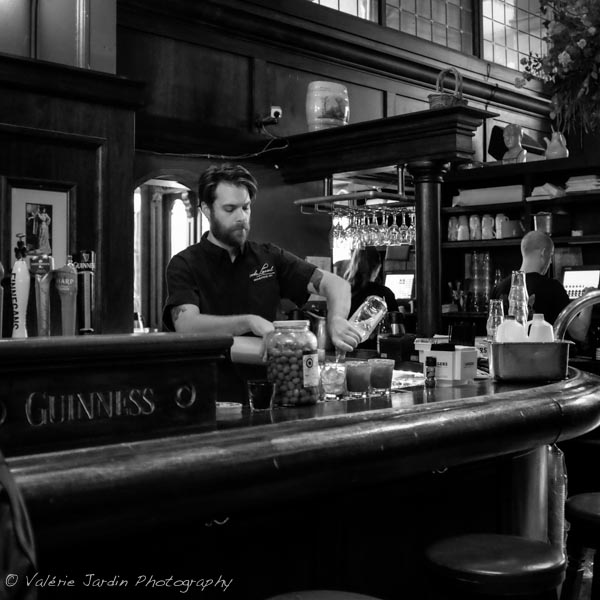A: "Living in Minnesota, where the hottest temperature ever recorded was 114°F (46°C) and the coldest temperature on record was a chilly -60°F (-51°C), I think I am semi qualified to answer those questions...
Cameras don't like extreme temperatures, photographers usually don't like them much either... This post is about the cold so here is my advice:
Your main worry is a mirror lock up when the lubricant that helps activate the moving parts freezes. Cameras can usually handle cold temperatures. For example, the Canon 5D Mark II has a cold rating of 32°/104°F (0°/40°C). I've had mine out for extended periods of time at much colder temperatures and never had a problem. Check your manual to find out the cold rating data for your camera model.
Another thing to worry about when the temperature dips: The battery will wear out much faster so make sure you carry a spare or two that you keep in a pocket as close to your body heat as possible. Smaller cameras don't have as many moving parts, and no mirror freeze up to worry about, but their batteries will drain even faster so be prepared for that.
When out in the cold, your camera doesn't need any special protection as long as it is dry. In case of a heavy snowstorm, any camera rain sleeve will do. The key is to keep moisture and condensation from building up on your camera and lens. Excessive moisture on your lenses can cause mold to form inside the lens, which will ruin it. To prevent damage from condensation, here is what you need to do: Before you go back inside your house or car, make sure you seal your camera in an air-tight plastic bag. This will allow the camera to reach room temperature while the condensation builds on the outside of the bag, not on your precious gear. One more thing: Avoid changing lenses in adverse weather!!
If' you're on a 'photo drive' and make frequent stops. Don't even bother turning the heat on in your car in between photo stops. You're already dressed for the cold weather, so keep the gear as close to the same temperature as the outside temp as possible to keep the lens from fogging up, then put it in a plastic bag when you're ready to pack up and head home.
You also need to take care of yourself. Frostbites hurt! Dressing in layers is key. Keep extra feet and hand warmers pouches in your camera bag. They don't always stay warm for as long as it says on the package... If you've never heard of feet or hand warmers, they are small pouches of iron powder, charcoal and saw dust that, when combined and exposed to air, react and create an oxidation that produces heat (there may be another ingredient or two, I'm not a chemist!) They stay warm for about 6 hours. Those little pouches are a life saver when you spend time outdoors during the Minnesota Winter.
Photographers also need be able to have full use of their fingers to adjust camera settings but, in extreme cold conditions, you just cannot take your gloves off safely. I wear touch screen gloves under my super-warm mittens. They are well fitted to let me adjust camera settings and to answer my iPhone with the special touch screen finger tip technology.
Skin freezes very quickly, leave as little of it exposed as possible. Wearing a balaclava and good sunglasses will protect you. I wear boots that are rated for extremely cold temperatures but my feet will still get cold if I don't keep moving. Warm socks and feet warmers really help keep you comfortable. This doesn't sound very fashionable you may say... Well, you're on a photography mission, not a fashion show. And frankly, when it's that cold, I doubt you run into too many other people ;)
I hope this helps my photographer friends who are currently living cold places. Please share your experience and/or tips in the comment section. Stay warm and happy shooting!" Valérie










